The long awaited nootropic supplement from Kaged is here to close down an epic year -- one that they started with a bang thanks to their incredible Pre-Kaged Elite pre-workout. This is a nootropic done the Kaged way: with innovation, transparency, third-party testing, and options.
Kaged Mindset is here with two new ingredients
Kaged Mindset is the all-new nootropic supplement from the brand that follows their mantra to Never Stop Evolving. That's because on top of its choline-heavy formula, it has two ingredients we haven't covered here on the PricePlow Blog: Cereboost American Ginseng Extract and the Ioniplex Fulvic Ionic Mineral Complex.
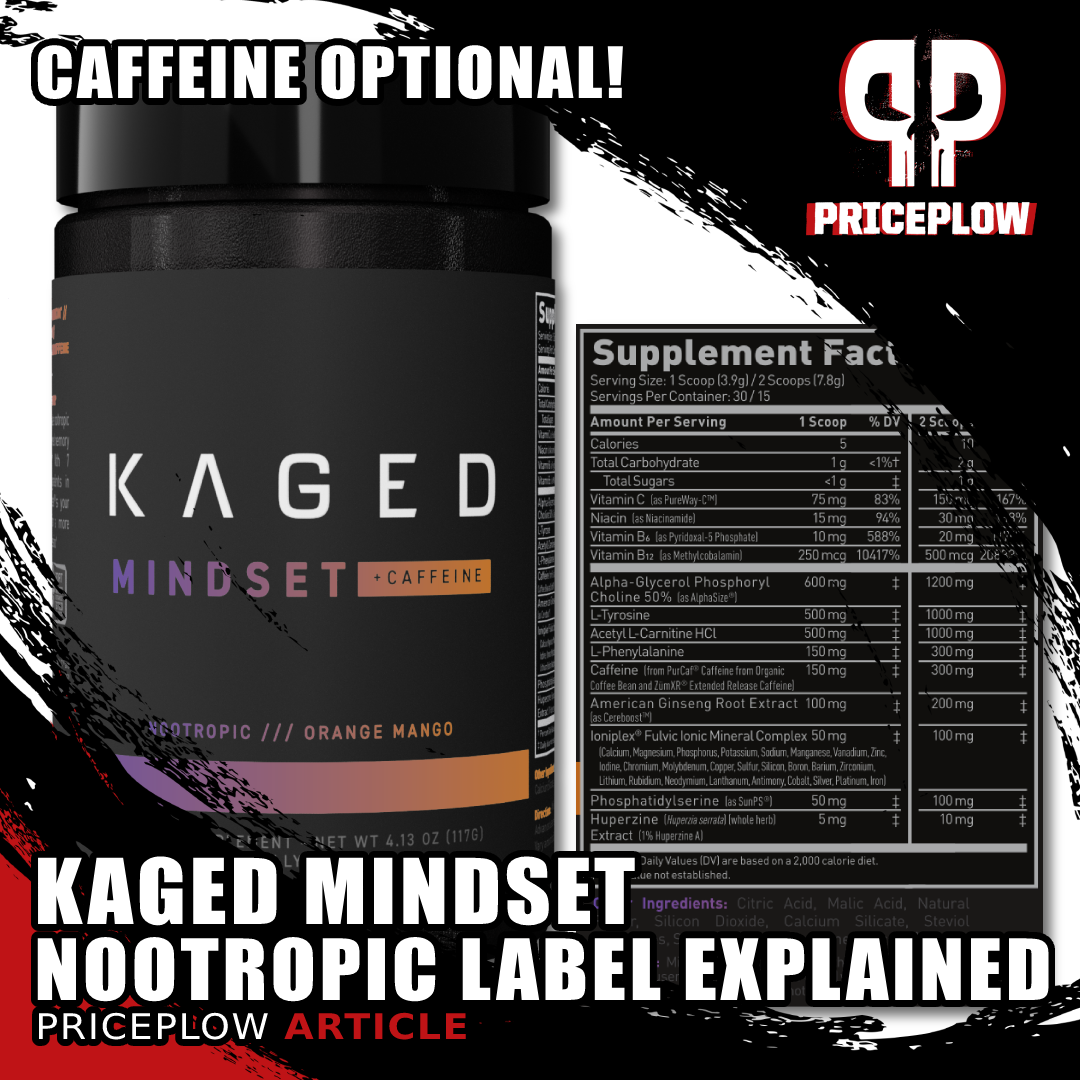
The long-awaited Kaged Mindset has landed, and it's been well worth the wait. There's a caffeine and caffeine-free option, and a couple new ingredients including Cereboost inside.
With Cereboost, we're going to be able to focus on neuroplasticity, nerve growth factor (NGF), and brain-derived neurotrophic factor (BDNF), so this is no basic ginseng here!
We also have a few select amino acids and phosphatidylserine, which we don't see as often as we'd like (often due to cost, which Kaged thankfully doesn't shy away from). As for energy, you have two options to go with your two new ingredients:
Don't want caffeine? No problem!
In a move that exemplifies their attentiveness to customer feedback, Kaged is offering Mindset in both caffeinated and caffeine-free versions. This is great news for customers who prefer to skip the stims, or just want a different source of caffeine (fellow coffee addicts, report in).
The only difference between the two versions of Mindset is the 300 milligrams of caffeine per 2-scoop serving. And note that Mindset's caffeine blend is a bit more sophisticated than usual. Here, we have PurCaf combined with zumXR extended release caffeine, which promises a much smoother caffeine experience than you'd get with a more generic formulation, like straight caffeine anhydrous.
Let's dig into this exciting formula, and the exciting new ingredient Cereboost. But first, let's check the PricePlow news and deals:
Kaged Mindset – Deals and Price Drop Alerts
Get Price Alerts
No spam, no scams.
Disclosure: PricePlow relies on pricing from stores with which we have a business relationship. We work hard to keep pricing current, but you may find a better offer.
Posts are sponsored in part by the retailers and/or brands listed on this page.
Kaged Mindset Ingredients
In a single 2-scoop (7.8 gram) serving of Kaged Mindset, you get the following:
-
Alpha-Glycerol Phosphoryl Choline 50% (As AlphaSize) – 1,200 mg
Alpha GPC is a form of choline, an essential B vitamin that your body uses to build and maintain phospholipid bilayer membranes that enclose the contents of all your body's cells.[1] Choline, like many B vitamins, is a significant methyl donor.[2] This matters because methyl groups are needed for tons of metabolic processes in your body – including neurotransmitter production.
Partly for this reason, choline is an important acetylcholine precursor. We love acetylcholine here at PricePlow, and affectionately refer to it as the learning neurotransmitter thanks to the crucial role it plays in facilitating communication between neurons.[3]
But acetylcholine isn't just a learning neurotransmitter – it's also been shown to promote good coordination, balance, and vigilance, all of which help establish a strong mind-muscle connection during physical activity.[4,5]
According to one study, alpha-GPC supplementation can significantly improve motivation by upregulating dopaminergic function.[6] Dopamine is also associated with learning, memory, and focus, and has been shown to facilitate motivated cognition, i.e. effortful thinking that is directed by one or more incentive toward the pursuit of some reward.[7] These effects on acetylcholine and dopamine make alpha-GPC the perfect nootropic-supplement ingredient for people who want a performance edge while in pursuit of their daily goals.
Choline also aids in long-term potentiation (LTP), your brain's process for consolidating short-term memories into long-term ones,[3] which can potentially help you retain new information more efficiently.
This is partly because acetylcholine upregulation is linked to improvements in LTP.[4]
Choline deficiency has been associated with the development of non-alcoholic fatty liver disease (NAFLD), a condition in which impaired liver function gives rise to insulin resistance, poor glycemic control, and eventually, type 2 diabetes.[8]
-
L-Tyrosine – 1,000 mg
The amino acid tyrosine is found at high concentrations in human brain tissue.
Much like alpha-GPC, tyrosine is a precursor to catecholamine neurotransmitters like dopamine and adrenaline.[9] Again, increasing the production of these neurotransmitters can help brain cells communicate with each other, which can lead to improvements in global cognition.
Studies on tyrosine supplementation show that it can elevate mood, sharpen focus, improve cognition, and even increase athletic performance and resilience to stress.[9]
More specifically, it's been documented that tyrosine supplementation improves performance on tests of working memory[10] and cognitive flexibility,[11] the latter of which is a crucial component of multitasking performance.
Only 100 milligrams of L-tyrosine can significantly elevate tyrosine levels for up to seven hours after it's taken[12-15] – and here we have 10 times that dose with 1,000 milligrams (or 1 whole gram).
-
Acetyl L-Carnitine (ALCAR) HCl – 1,000 mg
Carnitine is an interesting subject. There are many different forms of carnitine on the supplement market today. What's striking about the multiplicity of carnitines is that each form differs from the others to a greater extent than we normally see in other ingredients that have multiple forms.
Huge synergy in this formula between the choline and acetyl L-carnitine! If you're low on acetyl groups, your choline may not get to the acetylcholine that you want. ALCAR (Acetyl L-Carnitine) listed above helps with that bottleneck.
Acetyl L-Carnitine (ALCAR) has been used as a nootropic ingredient for quite a while now, thanks to its neuroprotective, neurotrophic (meaning it helps stimulate the growth of new structures in the brain), and even mood-enhancing effects.[16]
Part of this can be put down to an effect of carnitine in general, which is to help shuttle energy substrates like glucose and fatty acids into the mitochondria within cells, resulting in the production of cellular energy.[17] This is an effect that benefits virtually every cell in your body, including neurons.
"L-carnitine function. l-carnitine shuttles long-chain fatty acids inside the mitochondria by forming a long chain acetylcarnitine ester. The complex is then transported into the mitochondrial matrix by carnitine palmitoyltransferase I (CPT I) and carnitine palmitoyltransferase II (CPT II). The fatty acids are then broken down through the process of β-oxidation to deliver the 2-carbon molecules to the Krebs cycle, leading to the generation of energy under the form of adenosine triphosphate (ATP). In addition, by binding an acetyl group, l-carnitine can maintain the levels of Acetyl-CoA and coenzyme A, playing its buffering role."[18]
Compared to other forms of carnitine, ALCAR is particularly good for the central nervous system because of its ability to cross the blood-brain barrier (BBB).[19,20] This is a mark of distinction for ALCAR, since the vast majority of nutritional supplements, including the other forms of carnitine, can't cross the BBB.
In animals, ALCAR has been observed to promote synaptic plasticity in the brain, which helps it adapt to new information and stimuli, thus facilitating learning.[21]
Here's one particularly interesting human study: men and women age 65+,diagnosed with mild cognitive impairment who were given ALCAR supplements showed significant improvement on cognitive tests.[22]
ALCAR helps improve disease states because it has significant neuroprotective effects. ALCAR has the ability to simultaneously decrease oxidative stress, protect DNA integrity, and reduce lipid peroxidation in brain tissue,[23] all of which protects developing and mature neurons from damage.
According to one meta-analysis, the benefit of ALCAR supplementation increases over time, meaning the longer you take it, the better it works.[24]
-
Phenylalanine – 300 mg
Phenylalanine is an essential amino acid. Here essential means that your body can't make phenylalanine on its own – instead, you must supply your body with it via diet or supplementation.
Welcome to the Evolution. Kaged Muscle is now known as Kaged, and they kicked 2022 off in truly Elite fashion...
Phenylalanine is a tyrosine precursor,[25] so taking a little extra phenylalanine can help boost tyrosine, which comes with all the benefits we discussed in the tyrosine section, including upregulated catecholamine neurotransmitter synthesis.[26]
But phenylalanine is also a prerequisite for phenylethylamine (PEA) synthesis.[27] PEA is a feel-good molecule that can trigger massive catecholamine release in certain regions of the brain,[28] which naturally leads to significant elevations in mood.
The euphoric feeling most people get from taking PEA has long made it a popular ingredient in pre-workout formulas. But we think it makes a ton of sense in a nootropic formula too, since mood is a pretty serious factor in cognitive performance and motivation.
-
Caffeine (from PurCaf Caffeine from Organic Coffee Bean and ZumXR Extended Release Caffeine) – 300 mg
The methylxanthine stimulant caffeine is one of the most studied drugs in existence. This is one of those rare nutritional supplements capable of crossing the blood-brain barrier (BBB).
In the brain, caffeine blocks adenosine receptors. They're responsible for most of caffeine's famous anti-fatigue effects.[29] Adenosine is a nucleotide that creates feelings of fatigue as it builds up in your brain. So inhibiting its action at the receptor level helps fight off fatigue.
Caffeine also inhibits phosphodiesterase, an enzyme responsible for breaking down cyclic adenosine monophosphate (cAMP).[29] By raising cAMP levels through phosphodiesterase inhibition, caffeine can increase cellular activity, an effect that applies to neurons as much as any other cell in your body.[30,31]
Finally, caffeine not only protects dopaminergic neurons from injury (which is why the stimulant is associated with a lower risk of diseases like Parkinson's), but also enhances dopaminergic signaling in healthy people,[32,33] helping boost focus and motivation.
Research on caffeine consistently shows that it can:
- Decrease reaction times[34]
- Improve attention[34,35]
- Increase alertness[35]
- Maintain physical and cognitive abilities under duress[35]
- Boost working memory[36]
zumXR extended release caffeine
Why does Kaged Muscle only use PurCaf caffeine? Outside of it being naturally-derived, there may be some fringe benefits to keeping caffeine with its natural counterparts.
Here we have two forms of caffeine – pure caffeine in the form of PurCaf, which is fast-acting. PurCaf is here to give you an immediate boost, which helps fuel productivity on demand.
Despite the obvious benefits of fast-acting caffeine, there's one major drawback: your caffeine blood levels will fall almost as sharply as they rise. As the caffeine wears off, it can lead to caffeine withdrawals and the associated energy crash.
Thus, Kaged has blended PurCaf with zumXR, which is a time-released form of caffeine. Because it's absorbed more gradually than pure caffeine, it can smooth out your caffeine energy curve and help you avoid the worst effects of withdrawal.
Caffeine dose used
Even though some of the caffeine in Mindset is time-released, you should be aware that 300 milligrams is a pretty big dose of caffeine. It's about twice the amount of caffeine you get from an ordinary cup of coffee or a 250-milliliter can of popular energy drinks.
So if you aren't a habitual caffeine user, or you've never measured your caffeine intake, be careful with this and consider starting with 1 scoop of Kaged Mindset to assess your tolerance.
Finally, if you want to learn more about Kaged's consistent use of PurCaf, read our article titled Why Kaged Uses PurCaf (Natural Caffeine from Green Coffee Beans).
-
American Ginseng Root Extract (as Cereboost) – 200 mg
Ginseng is an awesome plant. You've probably heard of it before, and it's likely that when you encountered the herb, it was the Panax ginseng or Panax notoginseng species. By far, both are the most common types of ginseng used in the supplement industry.
The ginseng used in Kaged Mindset is neither of these. Rather, it's Panax quinquefolius (sometimes spelled quinquefolium), known colloquially as American ginseng.
The primary bioactive constituents of ginseng species are ginsenosides, a class of steroid glycosides and triterpene saponins. Each ginsenoside has different effects on human biology, so the results any particular ginseng species will give you vary based on its ginsenoside composition.
American Ginseng!
Get ready to learn everything you need to know about Cereboost. You'll understand why Kaged used it, and won't be surprised when others copy
What's special about American ginseng is that compared to other species of the plant, it has much higher levels of the ginsenosides with beneficial cognitive effects.[37,38] This makes American ginseng the obvious choice for the botanical source of Naturex's Cereboost ginseng extract, which is designed and standardized to give users maximum cognitive benefits.
Let's take a look at many of these specific benefits, and cap it off with Cereboost's study:
-
Working memory and IQ
Randomized, double-blind, placebo controlled studies – the gold standard in scientific methodology – have found that American ginseng can significantly boost working memory, which is one of the most important cognitive functions, if not the most important.[37]
Working memory's importance is best explained by the fact that it correlates strongly with general intelligence, which is quantified on psychometric tests as intelligence quotient (IQ).[39]
In other words, boosting working memory can potentially increase your IQ (if only temporarily). An IQ boost is, brass tacks, exactly what the vast majority of consumers are after in a nootropic supplement, so ingredients that increase working memory are precisely what we want to see in products like Kaged Mindset.
-
Resistance to stress
Most of the time, when we turn to nootropics for a performance boost, it's because we're under pressure to perform. In other words, we're in a stressful situation.
Since stress can interfere with mental performance, increasing resilience to stress can help preserve your cognitive abilities in situations where they otherwise might be degraded.[40]
Fortunately, that's exactly what American ginseng has been shown to do.i In one study where animals were exposed to chronic unpredictable stress , a particularly damaging type of stress, the animals who took American ginseng were significantly less affected by the negative stimulus.
They had higher levels of monoamine neurotransmitters, which are crucial for peak cognitive performance. but tend to be depleted by stress. They also showed much smaller increases in stress hormones that can affect brain function. Topping it all off, their brains were significantly more neuroplastic,[41] which essentially means their ability to learn was less affected by the stress.
-
Cereboost and superoxide dismutase, catalase, and glutathione – endogenous antioxidants
Although the mechanism of action is not yet known, it seems to be related to the ginsenosides' antioxidant activity in the central nervous system.[41]
In another study, mice were subjected to 72 hours of sleep deprivation and then given American ginseng. The researchers found that the ginseng reversed the behavioral, biochemical, mitochondrial, molecular and histopathological changes that typically accompany severe sleep deprivation.[42] This seems to be related, again, to American ginseng's effect on antioxidant status. The researchers noticed that it upregulated superoxide dismutase, glutathione (GSH) and catalase, powerful endogenous antioxidants that are key to healthy redox status.[42]
By endogenous we mean that mammals produce these antioxidants internally, as part of their native antioxidant defense system. Upregulating GSH, in particular, is considered something of a holy grail in antioxidant supplementation, because GSH is considered a master antioxidant. It's incredibly powerful compared to most other antioxidants.
-
Cereboost-specific study: upregulation of acetylcholine
In one mouse study that actually used Cereboost, not a generic American ginseng extract, Cereboost was found to inhibit acetylcholinesterase, the enzyme responsible for breaking down acetylcholine.
What this means is a boost in acetylcholine levels, which is a great thing since acetylcholine is very important for learning and memory.[43] In fact, we often call acetylcholine the learning neurotransmitter – it has that direct of a relationship to cognitive function.
Acetylcholine works by helping neurons communicate with each other,[44] which is the basic mechanism behind all cognition. It's been shown to accelerate learning and improve memory,[45,46] but also to enhance neuro-physical skills like balance and coordination.[47,48]
It's particularly important for long-term potentiation, which is the neurological process that consolidates short-term memories into long-term memories.[44]
-
Neuroplasticity, nerve growth factor (NGF) and brain-derived neurotrophic factor (BDNF)
A mouse study on ginsenosides Rg1 and Rb1, two of the primary bioactive constituents in American ginseng, found that both were able to increase protein synthesis in the brain. This is remarkable since it's evidence that the ginsenosides were contributing to the physical remodeling that occurs in the brain in response to learning.[49]
Both ginsenosides were also shown to increase synaptic density within the hippocampus,[49] which is a brain region responsible for working memory (remember, we discussed the importance of this earlier in the Cereboost section) and long-term declarative memory.[50]
This makes the hippocampus very important for learning. In fact, declines in hippocampal volume are thought to be a primary factor in the cognitive impairment associated with neuroinflammatory conditions like serious mood disorders,[51] which should show you the importance of keeping your hippocampus big and healthy.
The same ginsenosides have been shown to upregulate neurotrophic factors like nerve growth factor (NGF) and brain-derived neurotrophic factor (BDNF) -- special proteins that target nervous tissue.[52] A comprehensive discussion of how these proteins work is beyond the scope of this article, but basically, they're fertilizer for your brain. They not only help neurons grow new connections, but can actually support new neuron growth, even in adult brains.
In other words, ginsenosides' ability to upregulate NGF and BDNF is probably why we see increased synaptic density in the hippocampus, and increased protein synthesis in the brain during ginseng supplementation.
-
Neurogenesis
This process of neurotrophic-factor-driven neuron growth is called neurogenesis. According to a 2013 research review on the effects of ginsenosides, Rg1 and Rb1 seem to significantly upregulate neurogenesis, thanks to their effect on neurotrophic factor production.[52]
-
Mood
Finally, we all know that emotions can play a big role in cognitive performance. So it's good news that American ginseng, and its ginsenoside bioactive constituents, have repeatedly been shown to promote calmness and improve mood.[37,52]
-
Cereboost clinical trials at 200 milligrams
A 2010 trial carried out with 200 milligrams of Cereboost, the same dose used in Kaged Mindset, found that it instantly improved cognitive performance (see the graphic below).[37] Significant improvements in reaction time and multiple dimensions of working memory were observed after just one dose!
2020: Prefrontal brain recruitment
In 2020, researchers published an article demonstrating lower latency on steady state visually evoked potentials (SSVEPs) during working memory and continuous performance tasks after taking 200 milligrams of American Ginseng (Cereboost).[53] The study's findings used electrodes, and show that there may be increased prefrontal brain region use and recruitment from the supplement.
2022: Improved working memory and attention
A more recent research trial tested Cereboost on young, healthy middle-aged individuals, gathering data 6 hours after their first dosage as well as 2 weeks after daily use.[54]
In this study, Cereboost once again had improved working memory and attention after the first use, and the researchers also noticed improved mental fatigue and mood (specifically self-assurance aspects). Two weeks of use brought even greater cognition gains on an attention task that's known to be sensitive to acetylcholine-dependent.[54]
What they also noticed in this study were increasing levels of total short-chain fatty acids (SCFA) in the gut, including acetate, propionate, and butyrate,[54] indicating an improved gut microbiome and better gut health!
Supplementing Cereboost led to an increase in gut-health short-chain fatty acids (SCFAs), indicating another potential mechanism.[54]
While American Ginseng's upregulation of acetylcholine is likely the primary mechanism, there's a lot of recent evidence showing that the gut microbiome impacts cognitive function and mood,[55,56] so this can definitely be an additional mechanism of action behind Cereboost.
Needless to say, we're very excited about this ingredient. Ginsenosides have tons of other benefits, of course, and we usually see ginseng used as a cardioprotective or pro-metabolic ingredient. Cereboost is exciting because it represents an exploration of ginseng's potential as a nootropic ingredient and, frankly, most new ingredients aren't as well researched as this one. If we discussed all the studies that support Cereboost, this article would likely be too long to read.
Cereboost is likely to drive a ton of consumer feedback on Kaged Mindset - this could be a massive difference-maker.
-
-
Ioniplex Fulvic Ionic Mineral Complex – 100 mg
Ioniplex is a naturally sourced fulvic acid complex, packed with trace minerals that are important for cognition, like zinc, boron, lithium, and even platinum and silver. Even a marginal deficiency in these minerals has been shown to adversely affect cognitive performance.[57]
But again, the real star here is fulvic acid (FA), which is not traditionally thought of as a nootropic ingredient, but definitely has some intriguing effects on the brain. For instance, there's evidence that FA can prevent the aggregation of the tau fibril protein complexes that drive the neurodegeneration in neurodegenerative disorders. In fact, FA can even disassemble these fibrils, something rarely seen, but has potentially astonishing implications.[58] There's not nearly enough evidence to say that FA is actually reversing the progression of neurodegeneration by doing this, but if you were going to reverse it, disassembling the tau fibril complexes is a necessary step.
Still, more than one study identifies FA as having the potential to prevent neurodegenerative diseases![58,59] This is a topic that definitely deserves more research, and we hope it will be forthcoming.
Part of FA's anti-degeneration mechanism is probably its ability to chelate heavy metals,[60,61] and remove them from the body. Heavy metal exposure is a known risk factor for cognitive decline,[62] and some researchers think it could be a factor in the onset of such diseases.[62]
So far, at least one clinical trial has found that FA can improve symptoms in mild neurodegenerative cases,[63] which is definitely a promising sign.
FA is also a powerful antioxidant, helping scavenge the toxic byproducts of lipid peroxidation,[59] which are known to adversely affect the brain.
Between the trace minerals and the FA, we see Ioniplex not just as an ingredient that can potentially improve your cognitive performance above your current baseline, but it's also a reasonable investment in long-term cognitive health.
-
Phosphatidylserine (as SunPS) – 100 mg
PS does more than just enhance cognitive function. Here's a simple chart showing that golfers hit balls better with higher doses of PS![64]
Phosphatidylserine (PS) is a phospholipid found abundantly in the myelin sheath that surrounds nerves. Myelin is basically how your brain insulates the electrical signals that form the basis of cognition, which makes maintaining the integrity of your myelin unbelievably important. Without it, your neural tissue can degenerate, leading nerve transmissions to slow or even stop.[65]
Several studies have found a link between high PS consumption and a reduced risk not just of cognitive decline, but also of serious psychiatric mood disorders.[66-69]
Other studies show that supplementing with PS can improve a person's resilience to stress, and decrease anxiety symptoms.[70] Higher doses of PS can reduce blood levels of cortisol, a stress hormone with potentially deleterious effects on cognitive function.[71]
Taking enough PS can also improve athletic endurance,[72] while another study performed on a higher (200 milligram) dose of phosphatidylserine demonstrated an improved number of good golf hits![64]
-
Huperzine (Huperzia serrata) (whole herb) Extract (1% huperzine A) – 10 mg
Huperzine A is another acetylcholinesterase inhibitor, which means it can boost your acetylcholine levels.[73,74] We already covered acetylcholine and acetylcholinesterase pretty extensively in the Cereboost section, so scroll up if you need a refresher on why this is important.
Beyond its impact on acetylcholine, huperzine A also has significant antioxidant activity in the brain where it helps protect neuronal mitochondria from oxidative stress.[75]
With a new tagline of "Never Stop Evolving", Kaged Muscle is now KAGED. It's all discussed in episode #058 of the PricePlow Podcast.
One really great thing about huperzine A? It's been shown to promote hippocampal neurogenesis[76] -- new brain cells in the hippocampus! What a great way to finish out a choline-heavy formula.
Flavors Available:
As always, Kaged uses natural flavor systems and as little sucralose as possible with more natural sweetening coming from stevia:
Conclusion: Get into the Mindset
This one's been a long time coming. No doubt, there are some nootropic ingredients in Kaged's Pre-Workout supplements, and we've used countless scoops of Hydra-Charge to flavor other nootropics. But now it's time for Kaged to have its own nootropic - and they didn't disappoint.
All of these ingredients in Mindset are awesome, but the real superstar for us in this formula is Cereboost. We've been waiting a long time for a nootropic-focused ginseng application and we couldn't be more excited that it's finally arrived.
2022 ended just as sharp as it started for Kaged. Now you've got the tools to get into the right Mindset for what's to come.
Kaged Mindset – Deals and Price Drop Alerts
Get Price Alerts
No spam, no scams.
Disclosure: PricePlow relies on pricing from stores with which we have a business relationship. We work hard to keep pricing current, but you may find a better offer.
Posts are sponsored in part by the retailers and/or brands listed on this page.
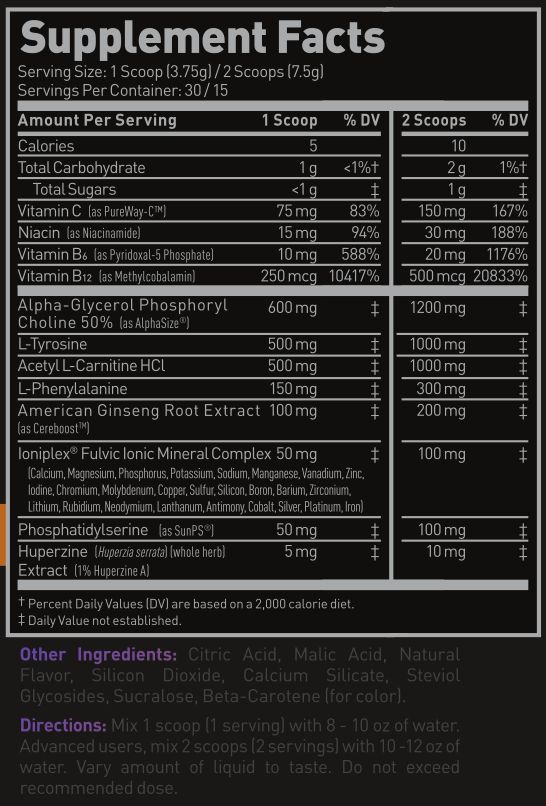
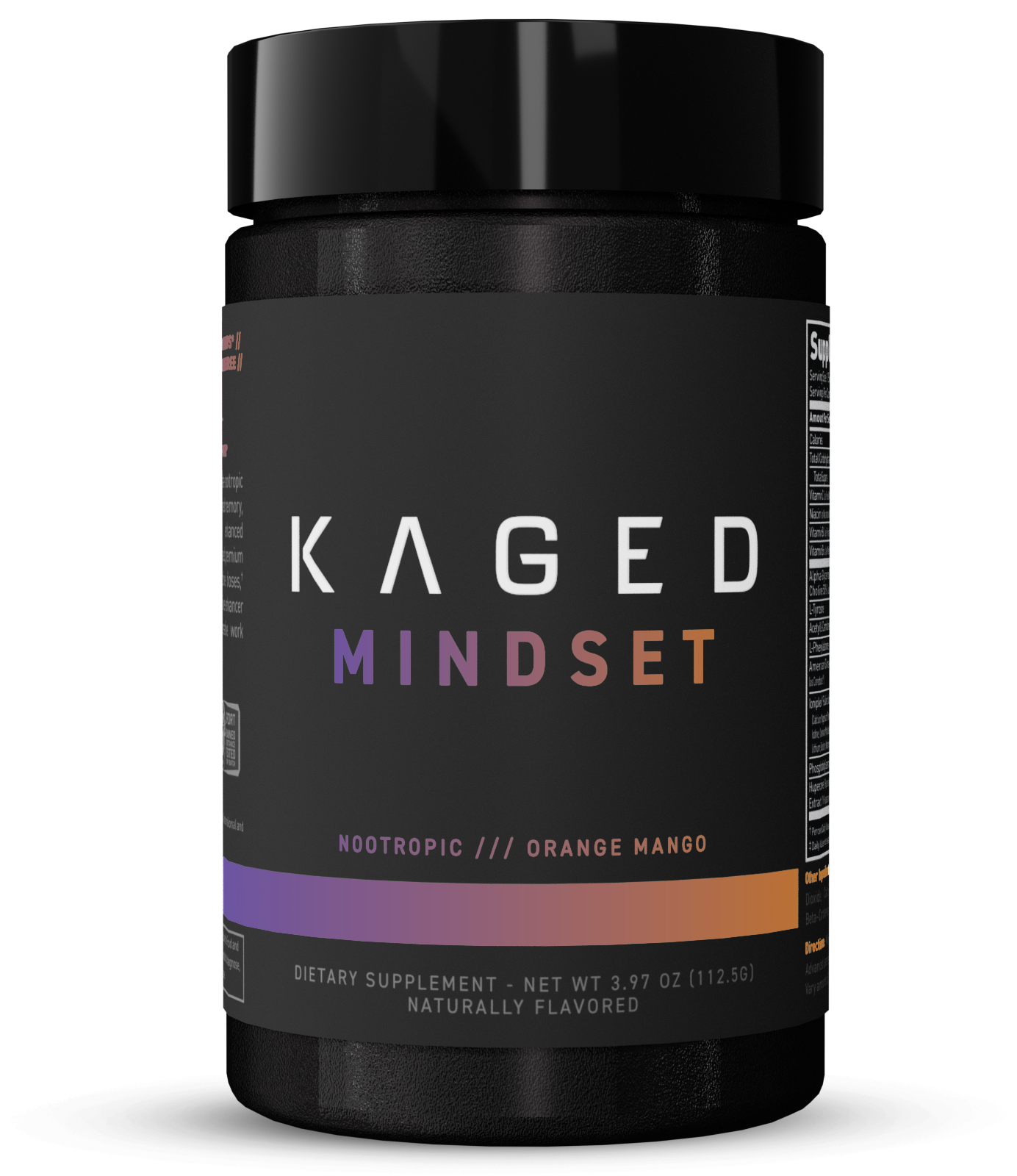
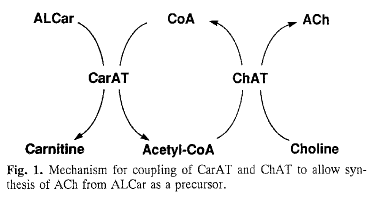
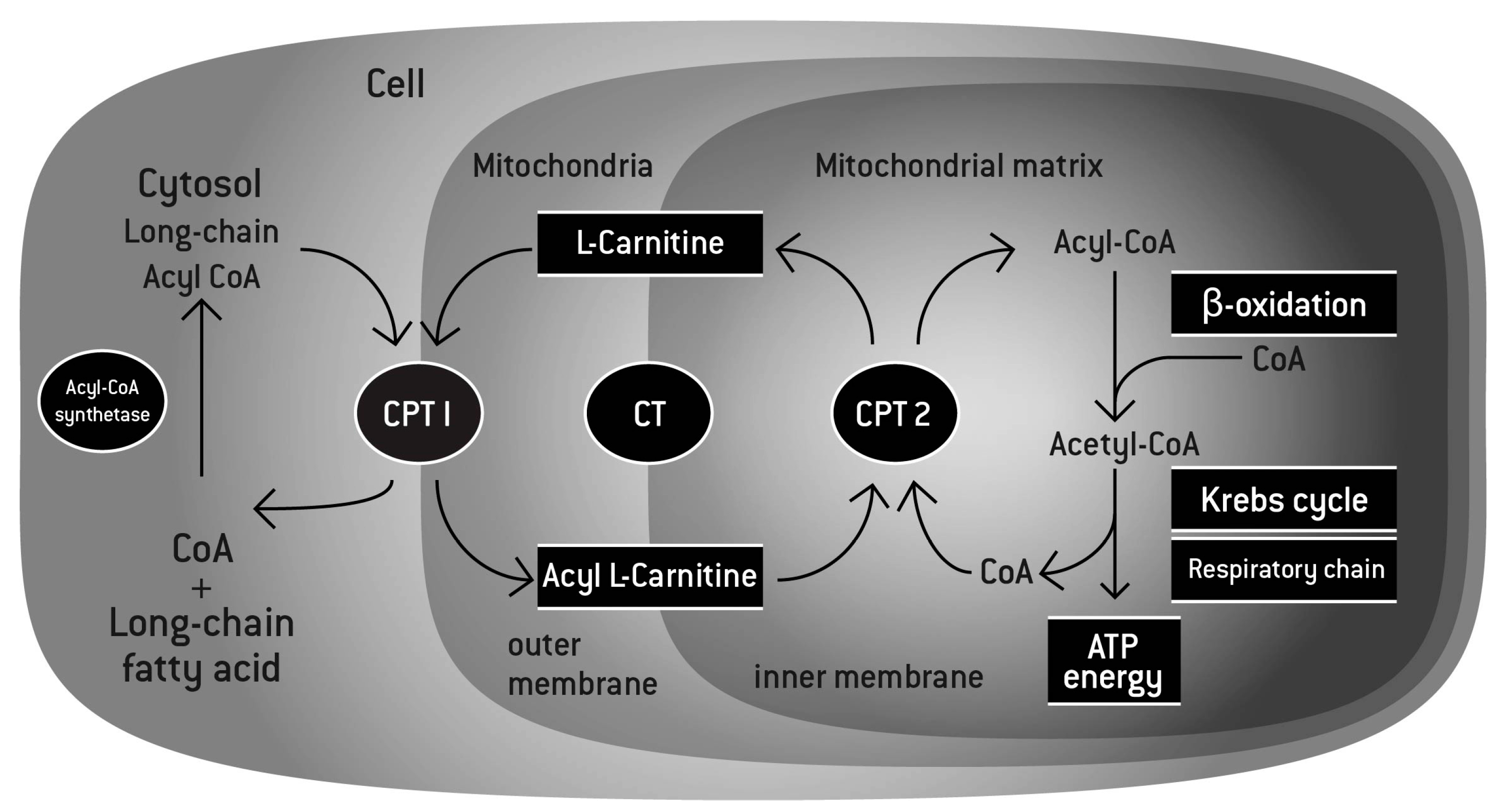

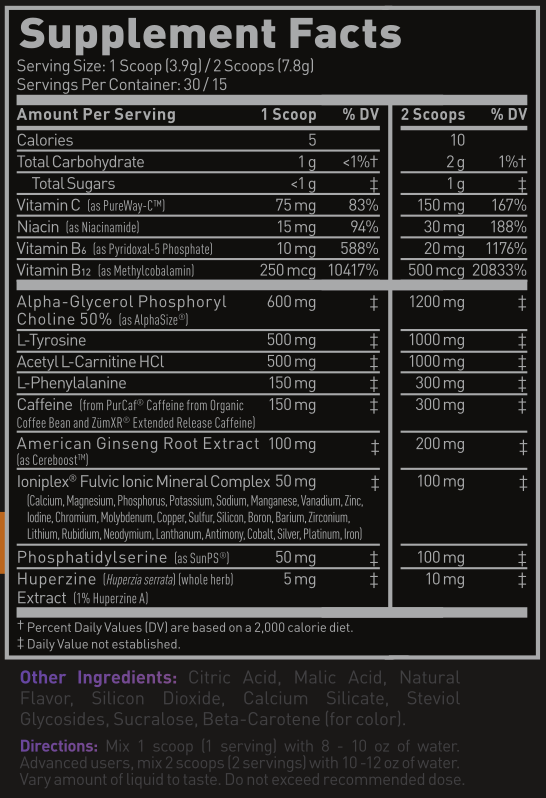
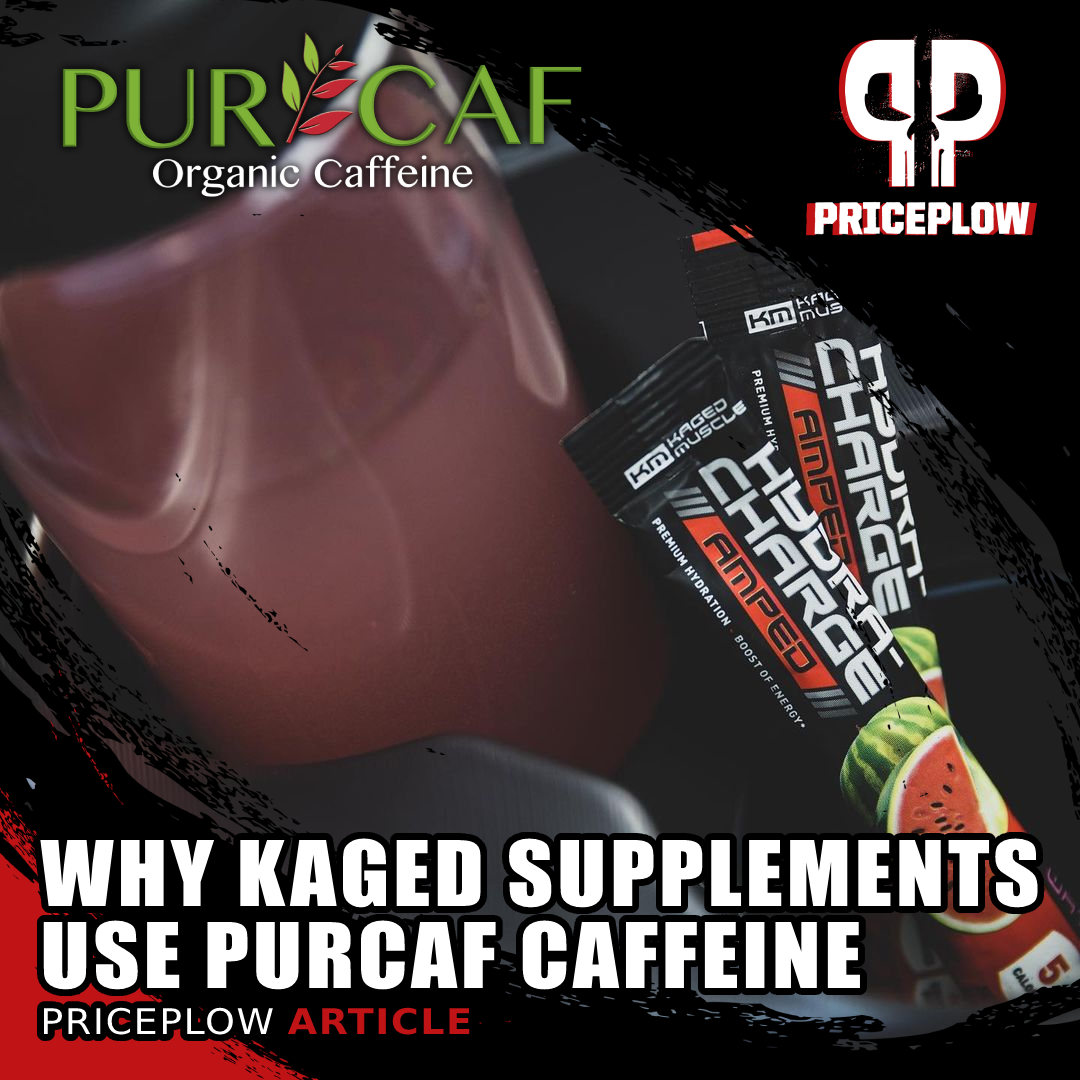
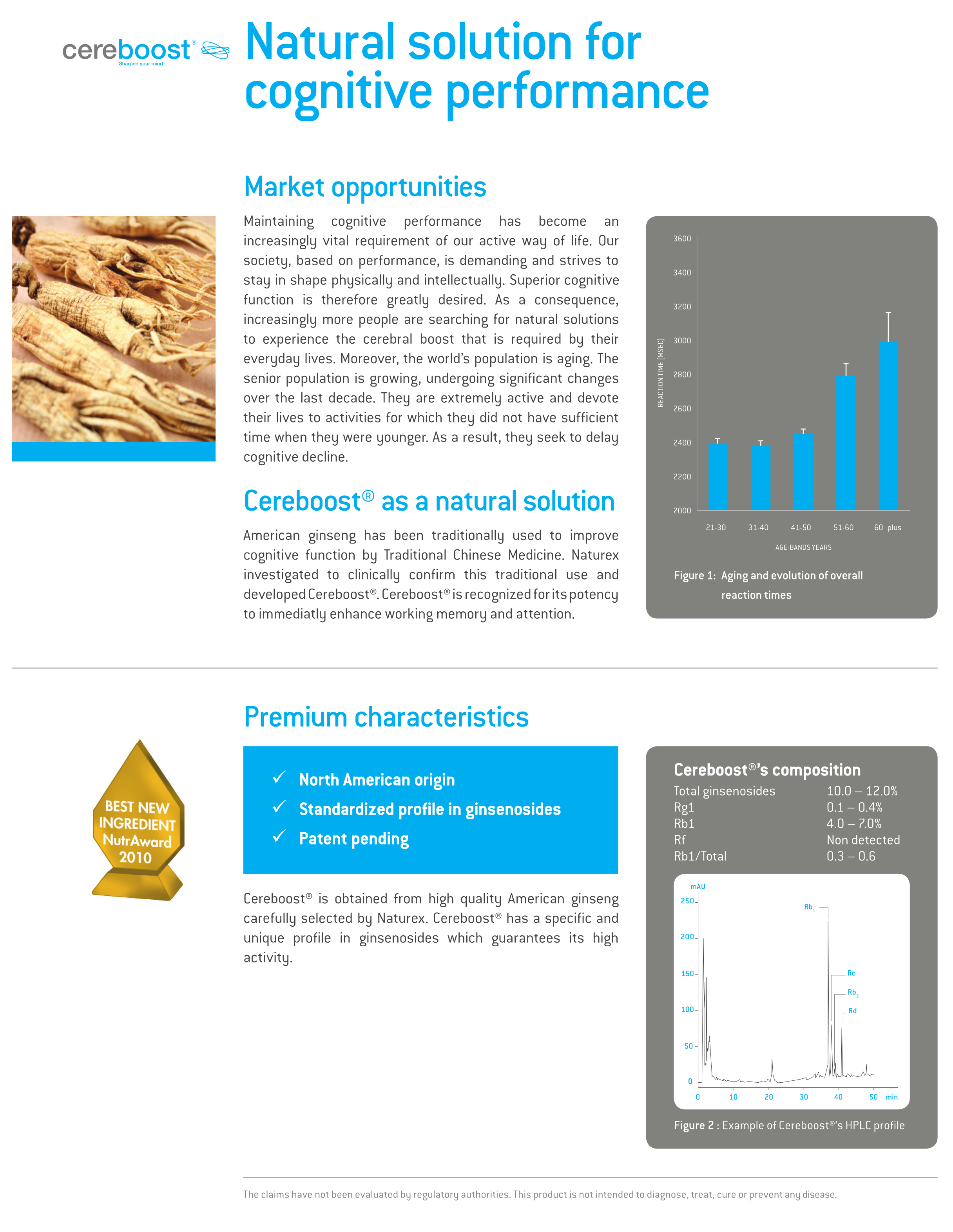

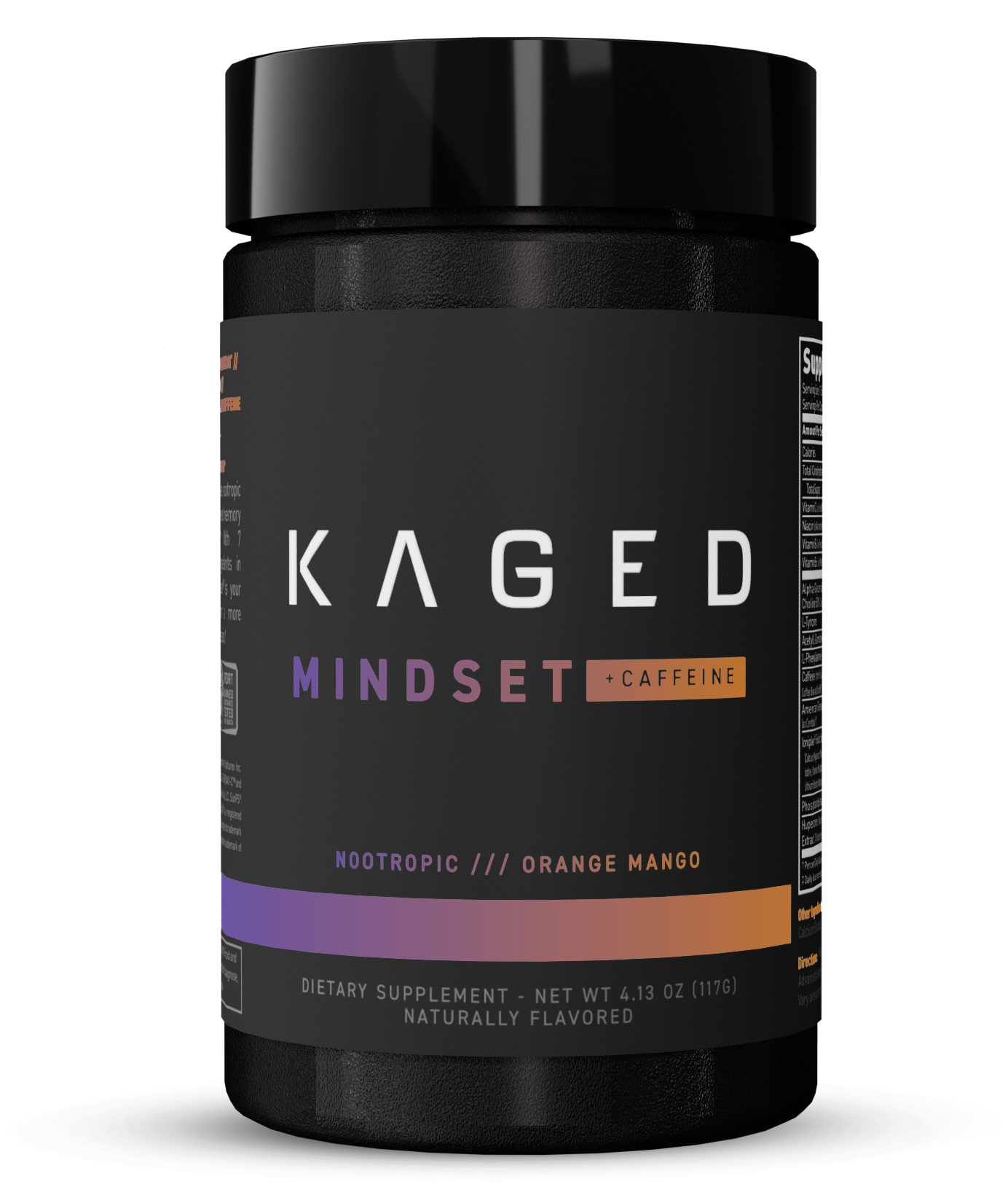
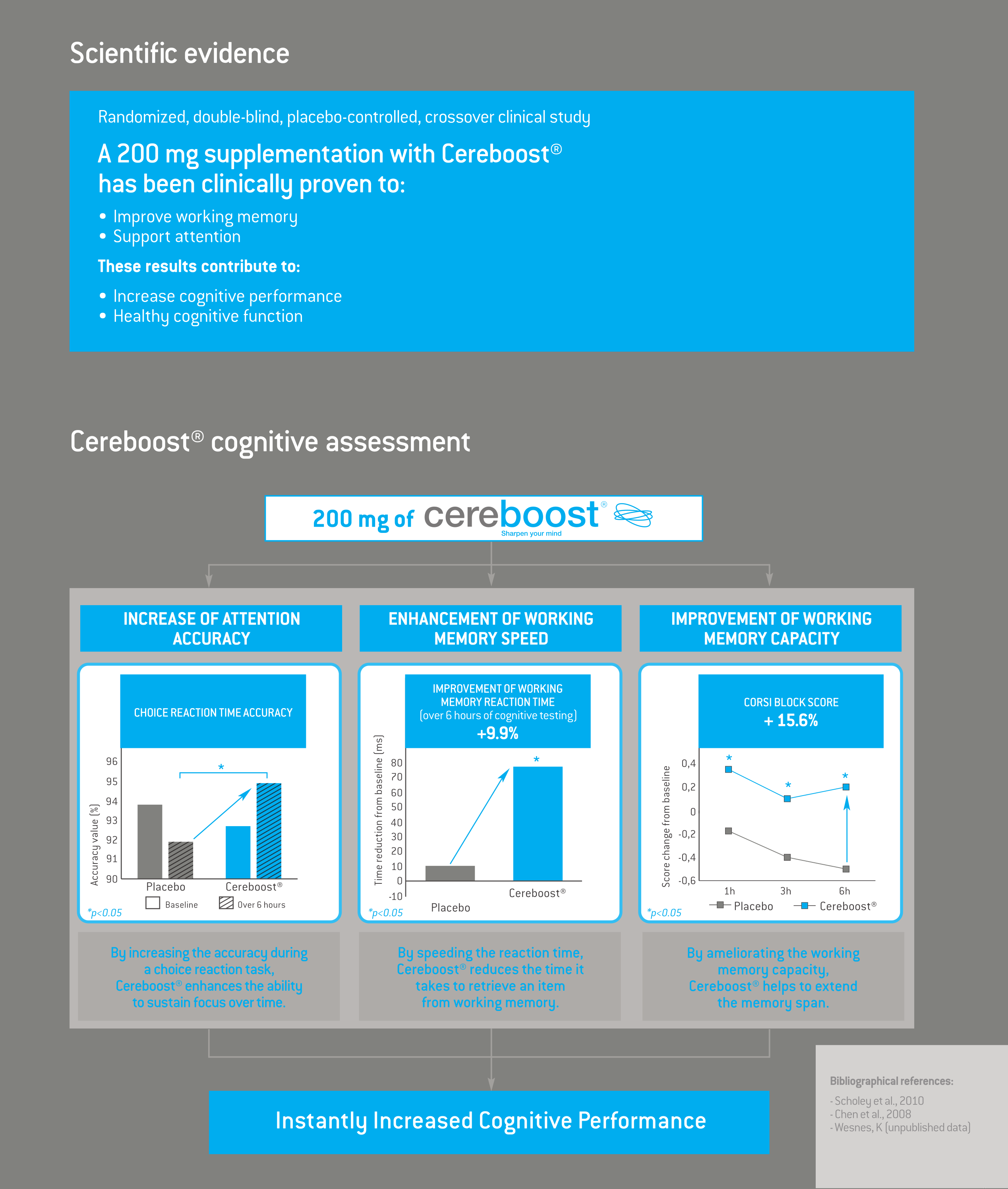
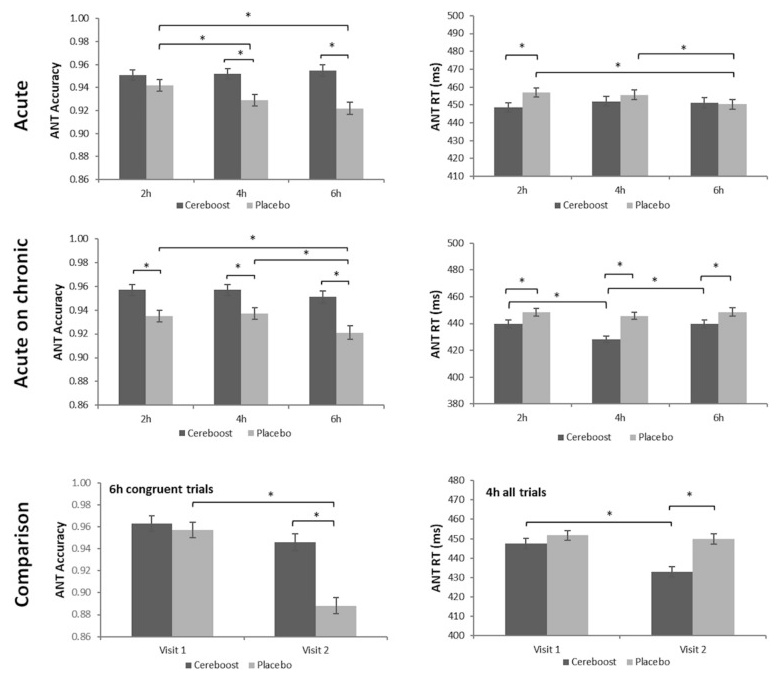
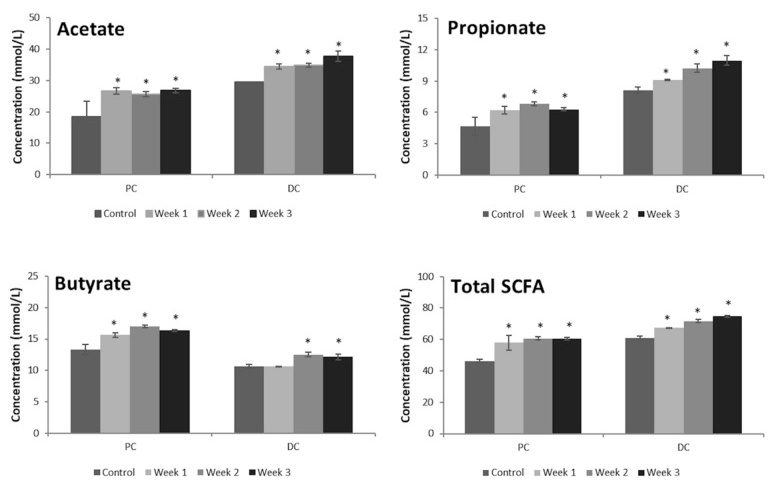

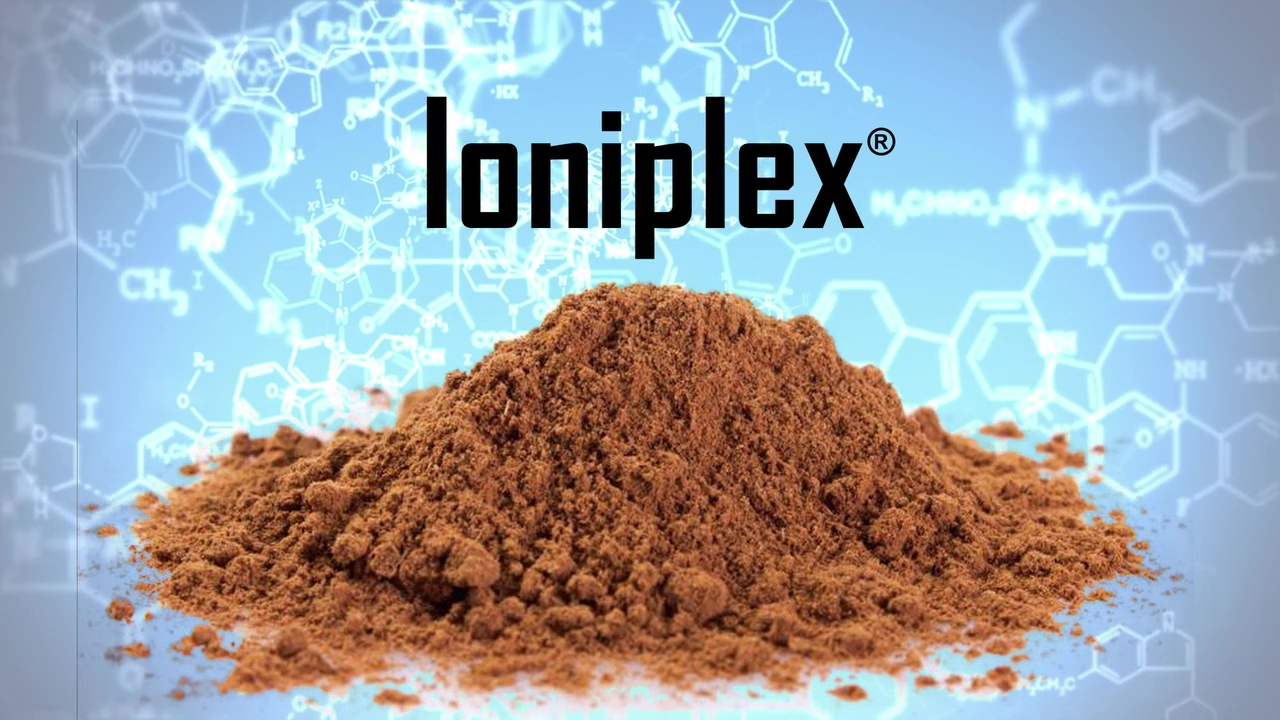
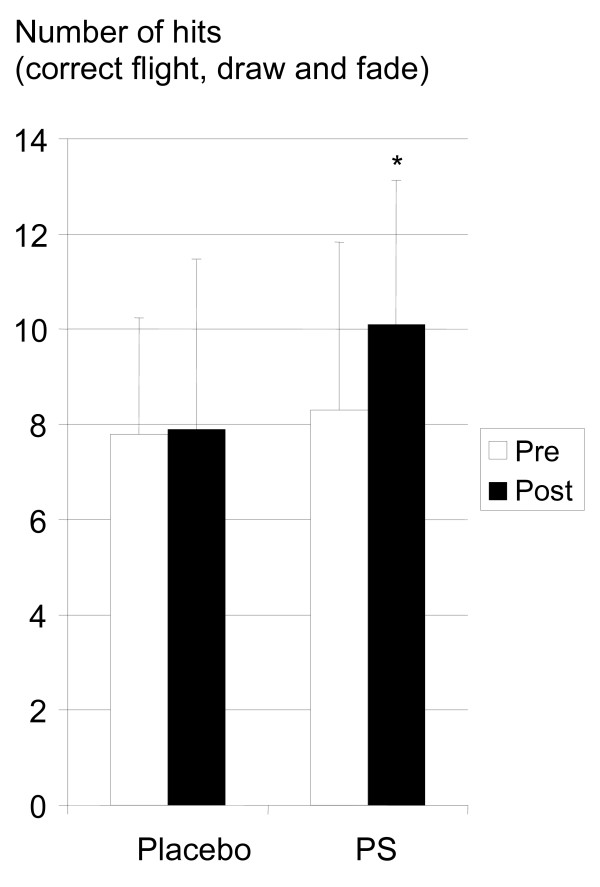
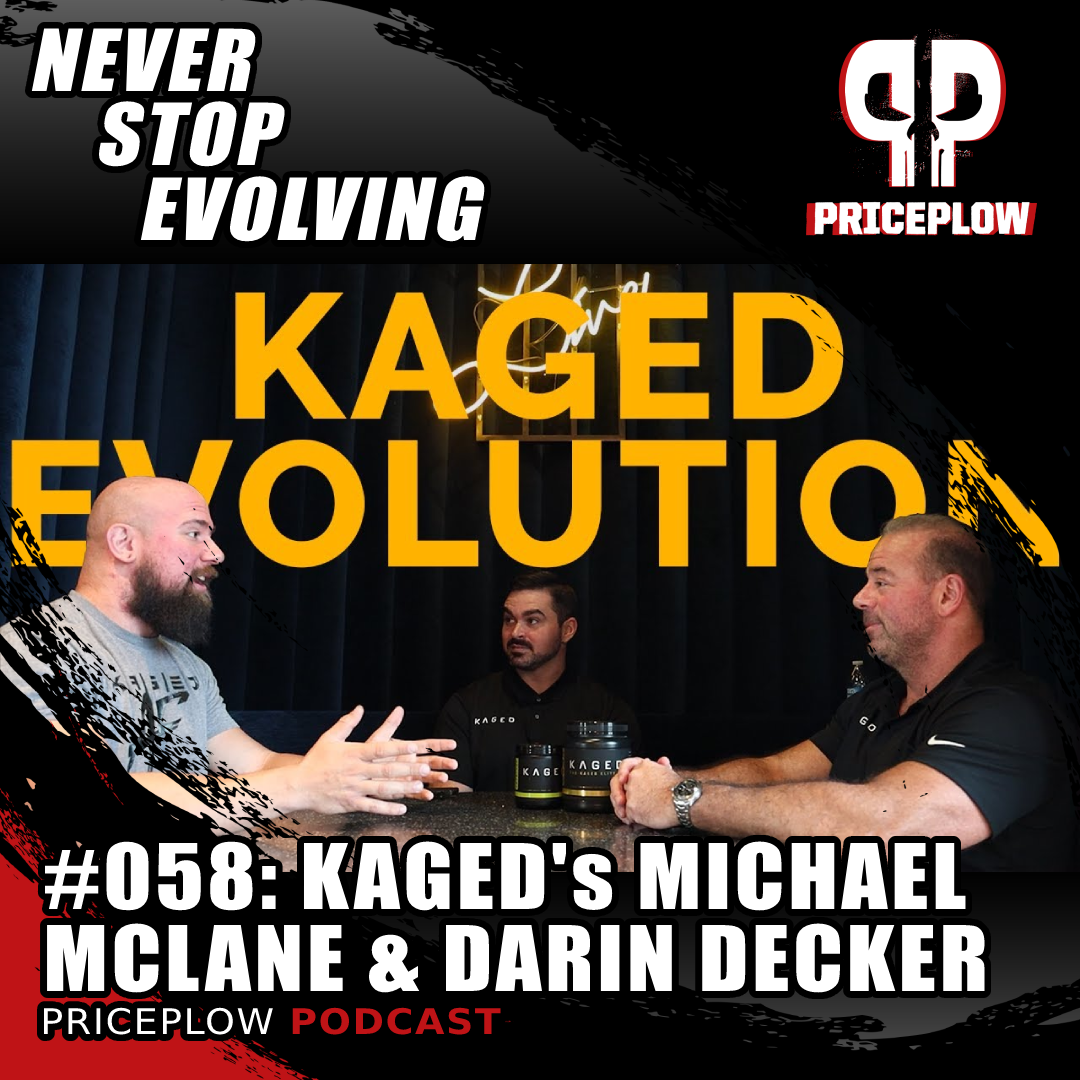


Comments and Discussion (Powered by the PricePlow Forum)